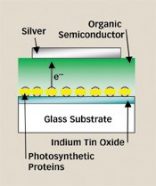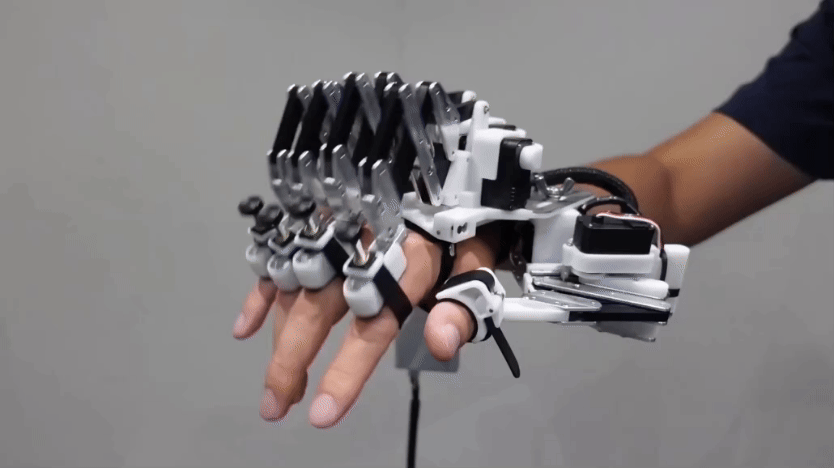Spinach Power for Solar Cells
A solar cell based on chemicals taken from spinach and bacteria converts light into electricity.
By Emily Sohn
Popeye uses spinach to power his muscles. Now, scientists are looking to spinach as a power source for supplying electricity.
 |
|
Chemical substances extracted from spinach are among the ingredients needed for making a solar cell that converts light into electricity. |
| Peggy Greb, Agricultural Research Service, U.S. Department of Agriculture |
A solar cell converts sunlight into electricity. Most solar cells on the market today are made of a material called silicon. The new device, on the other hand, uses proteins from spinach and from a bacterium named Rhodobacter sphaeroides.
To make the solar cell, a team of biologists and chemists from the Massachusetts Institute of Technology extracted certain light-sensitive proteins from spinach and bacteria. They put about 2 billion of these proteins on a piece of glass, making the proteins stick by embedding them in a special framework that looks and acts like a cell membrane.
The researchers then put the layer of proteins between layers of other materials called semiconductors, which carry electricity. When the scientists shone certain types of light on the device, the proteins absorbed the light and sent electrons through the semiconductor to an electrode. This activity caused an electric current to flow.
 |
|
In this solar cell, light-sensitive proteins obtained from spinach and bacteria (yellow spheres) absorb light and pump electrons (e–) into a silver electrode. |
| Courtesy of Marc Baldo, Massachusetts Institute of Technology |
At this early stage in the research, the spinach cell isn’t efficient enough to be useful. To improve their solar cell, the researchers want to jam more proteins into a single device. They also want such solar cells to stay active for a long time. One hope is that protein-based solar cells could repair themselves, just like living plants replace their own proteins over time.
If it all works out, there may be a new way to harvest the sun’s energy. Instead of having to eat your spinach, you might find that the leafy green could someday power your TV set.—E. Sohn
Going Deeper:
Goho, Alexandra. 2004. Protein power: Solar cell produces electricity from spinach and bacterial proteins. Science News 165(June 5):355-356. Available at http://www.sciencenews.org/articles/20040605/fob2.asp .
Information about solar energy and solar cells can be found at www.eia.doe.gov/kids/renewable/solar.html (U.S. Department of Energy).







